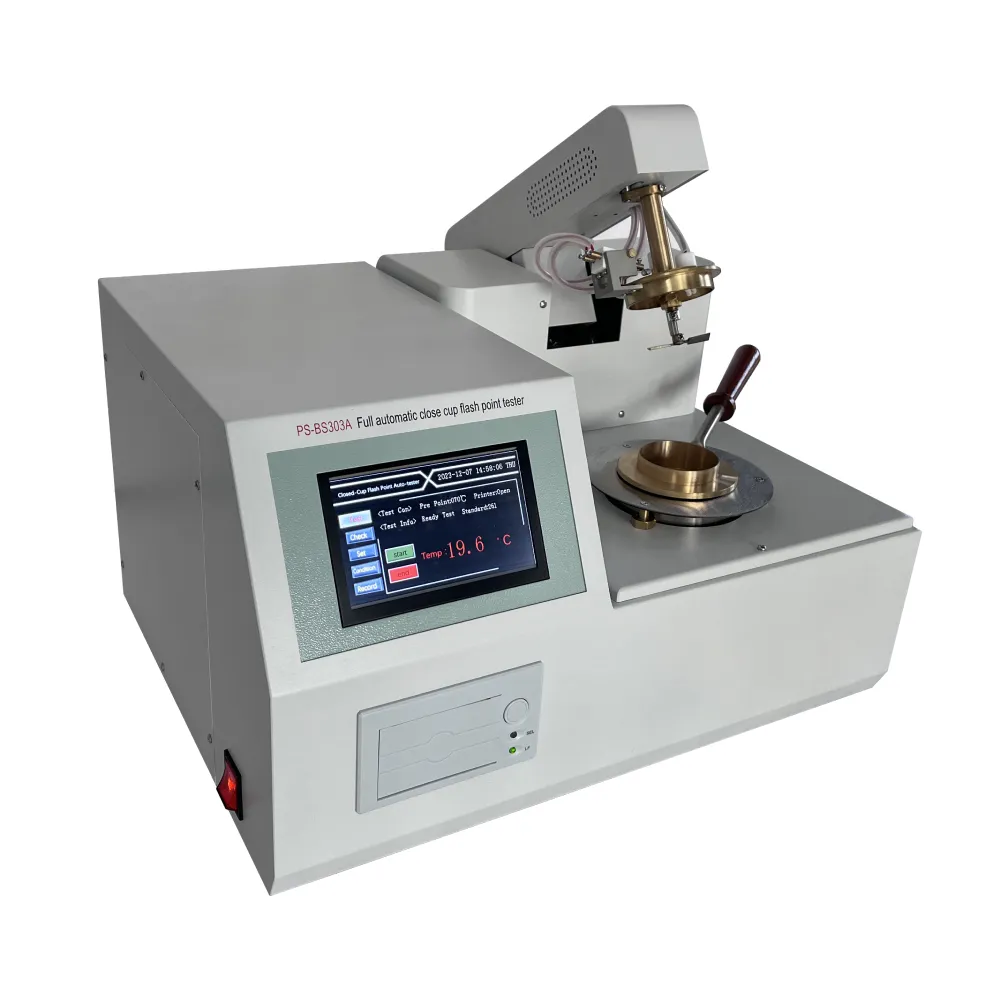 English
English



-
 Afrikaans
Afrikaans -
 Albanian
Albanian -
 Amharic
Amharic -
 Arabic
Arabic -
 Armenian
Armenian -
 Azerbaijani
Azerbaijani -
 Basque
Basque -
 Belarusian
Belarusian -
 Bengali
Bengali -
 Bosnian
Bosnian -
 Bulgarian
Bulgarian -
 Catalan
Catalan -
 Cebuano
Cebuano -
 China
China -
 China (Taiwan)
China (Taiwan) -
 Corsican
Corsican -
 Croatian
Croatian -
 Czech
Czech -
 Danish
Danish -
 Dutch
Dutch -
 English
English -
 Esperanto
Esperanto -
 Estonian
Estonian -
 Finnish
Finnish -
 French
French -
 Frisian
Frisian -
 Galician
Galician -
 Georgian
Georgian -
 German
German -
 Greek
Greek -
 Gujarati
Gujarati -
 Haitian Creole
Haitian Creole -
 hausa
hausa -
 hawaiian
hawaiian -
 Hebrew
Hebrew -
 Hindi
Hindi -
 Miao
Miao -
 Hungarian
Hungarian -
 Icelandic
Icelandic -
 igbo
igbo -
 Indonesian
Indonesian -
 irish
irish -
 Italian
Italian -
 Japanese
Japanese -
 Javanese
Javanese -
 Kannada
Kannada -
 kazakh
kazakh -
 Khmer
Khmer -
 Rwandese
Rwandese -
 Korean
Korean -
 Kurdish
Kurdish -
 Kyrgyz
Kyrgyz -
 Lao
Lao -
 Latin
Latin -
 Latvian
Latvian -
 Lithuanian
Lithuanian -
 Luxembourgish
Luxembourgish -
 Macedonian
Macedonian -
 Malgashi
Malgashi -
 Malay
Malay -
 Malayalam
Malayalam -
 Maltese
Maltese -
 Maori
Maori -
 Marathi
Marathi -
 Mongolian
Mongolian -
 Myanmar
Myanmar -
 Nepali
Nepali -
 Norwegian
Norwegian -
 Norwegian
Norwegian -
 Occitan
Occitan -
 Pashto
Pashto -
 Persian
Persian -
 Polish
Polish -
 Portuguese
Portuguese -
 Punjabi
Punjabi -
 Romanian
Romanian -
 Russian
Russian -
 Samoan
Samoan -
 Scottish Gaelic
Scottish Gaelic -
 Serbian
Serbian -
 Sesotho
Sesotho -
 Shona
Shona -
 Sindhi
Sindhi -
 Sinhala
Sinhala -
 Slovak
Slovak -
 Slovenian
Slovenian -
 Somali
Somali -
 Spanish
Spanish -
 Sundanese
Sundanese -
 Swahili
Swahili -
 Swedish
Swedish -
 Tagalog
Tagalog -
 Tajik
Tajik -
 Tamil
Tamil -
 Tatar
Tatar -
 Telugu
Telugu -
 Thai
Thai -
 Turkish
Turkish -
 Turkmen
Turkmen -
 Ukrainian
Ukrainian -
 Urdu
Urdu -
 Uighur
Uighur -
 Uzbek
Uzbek -
 Vietnamese
Vietnamese -
 Welsh
Welsh -
 Bantu
Bantu -
 Yiddish
Yiddish -
 Yoruba
Yoruba -
 Zulu
Zulu
Design and Functions of a Steam Distillation System in Chemical Laboratories
Steam Distillation Apparatus An Overview
Steam distillation is an essential technique in the field of chemistry, particularly in the extraction of volatile compounds from various natural sources. The steam distillation apparatus is an intricate setup that allows for the efficient separation of essential oils, fragrances, and other volatile substances from plant materials, all while maintaining the integrity of heat-sensitive components.
At its core, steam distillation leverages the principle that steam can carry volatile compounds away from a mixture, reducing the boiling point of the desired substances. This is particularly beneficial for extracting essential oils, which are often composed of complex mixtures of organic compounds that can decompose or lose efficacy when subjected to high temperatures. The apparatus typically consists of a few key components a steam generator, a distillation flask, a condenser, and a collection vessel.
The process begins by generating steam, usually through a water heater or boiler, which is then directed into the distillation flask containing the raw plant material. As the steam rises and permeates the material, it picks up the volatile compounds. The mixture of steam and essential oils then moves to the condenser, where it is cooled, causing it to condense. The resulting liquid, which contains a mixture of water and the extracted oils, is collected in a separate vessel.
steam distillation apparatus

One of the significant advantages of steam distillation is its efficiency in separating compounds without the need for harsh solvents. The use of steam minimizes the potential for contamination and helps to preserve the natural fragrance and therapeutic properties of the essential oils. This technique is widely utilized in industries such as perfumery, food flavoring, and pharmaceuticals.
Moreover, the steam distillation apparatus can be adapted for various scales, from small laboratory setups to large industrial systems. In laboratories, it provides an invaluable tool for research and development, enabling chemists to explore the properties of different plants and the efficacy of their extracts. In contrast, industrial applications scale up the process to meet the demands of commercial production.
However, despite its advantages, steam distillation does have limitations. Some heat-sensitive compounds may not be effectively extracted, and the presence of non-volatile impurities can complicate the separation process. Additionally, the specific configuration of the apparatus can affect the efficiency and yield of the extraction.
In conclusion, the steam distillation apparatus is a vital instrument in the realm of natural product extraction. By utilizing steam to isolate volatile compounds gently, it allows for the production of high-quality essential oils and extracts, paving the way for innovation across various industries. As technology continues to evolve, the steam distillation process is likely to become even more refined, expanding its applications and enhancing its efficiency.
-
Testing Equipment Industry Sees Major Advancements in 2025: Smart & Precision Technologies Lead the WayNewsJun.06,2025
-
Applications of Direct Current Generators in Renewable Energy SystemsNewsJun.05,2025
-
Hipot Tester Calibration and Accuracy GuidelinesNewsJun.05,2025
-
Digital Circuit Breaker Analyzer Features and BenefitsNewsJun.05,2025
-
Benefits of Real-Time Power Quality Monitoring Devices for Industrial EfficiencyNewsJun.05,2025
-
Earth Fault Loop Testing in High-Rise Building Electrical SystemsNewsJun.05,2025



